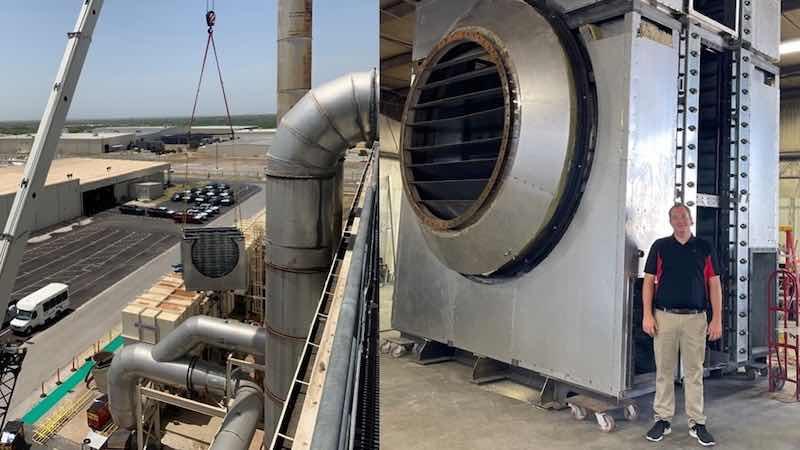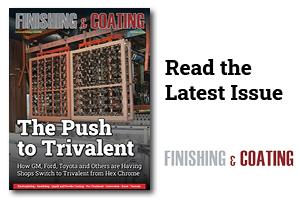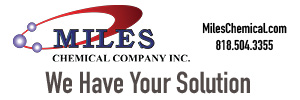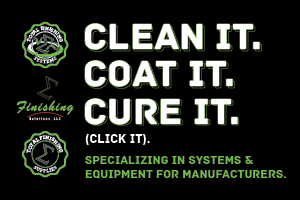Jason Swadick has more than 20 years of experience in the specialized field of automotive painting.
 Jason SwadickBut that doesn’t mean this older dog isn’t capable of learning some new tricks, far from it.
Jason SwadickBut that doesn’t mean this older dog isn’t capable of learning some new tricks, far from it.
For the third time in his career, the senior paint engineer at Toyota Texas was presented with a regional award by the Association of Energy Engineers. This time, he was recognized for his innovative solution to integrate heat exchangers in the plant’s two regenerative thermal oxidizers (RTOs), eliminating much of the need for natural gas.
A bonus: It reduces water usage by some 1 million gallons annually.
Using Heat to Destroy Hazardous Air Pollutants
The RTOs are air pollution control mechanisms that use heat to help destroy the hazardous air pollutants, volatile organic compounds, and other emissions produced during the painting process to help reduce their environmental footprint. Rather than lose this heat, Swadick and his team developed a way to integrate heat exchangers that capture it for use in generating hot water, which is needed in other steps in the process.
 Jason Swadick stands next to one of the two newly installed heat exchangers at Toyota Texas, helping reduce the company's natural gas and water consumption.“The air coming out of the stack is about 270 degrees Celsius, and we're able to capture about 50 degrees of that,” Swadick says. “Now, the only time we need to burn natural gas to produce hot water is during the summer when the ambient air is warm and humid, holding a lot of moisture that we need to remove to paint vehicles.”
Jason Swadick stands next to one of the two newly installed heat exchangers at Toyota Texas, helping reduce the company's natural gas and water consumption.“The air coming out of the stack is about 270 degrees Celsius, and we're able to capture about 50 degrees of that,” Swadick says. “Now, the only time we need to burn natural gas to produce hot water is during the summer when the ambient air is warm and humid, holding a lot of moisture that we need to remove to paint vehicles.”
The original idea for this kaizen was raised eight years ago. However, it wasn’t until the past two years that the plant could plan, implement, and test the new heat exchangers, which cost about $5.5 million.
Apply Lessons Learned to Other Areas
Now, the team is looking to apply the lessons learned from this technology to other areas of the paint process and, potentially, plastics.
“This is all part of our ongoing efforts to meet the Toyota Environmental Challenge 2050,” Swadick says. “It is an example of the Toyota Production System tenant of, ‘use what you need, where you need it, in the amount you need,’ and remove inefficiency from all processes by applying kaizens. That commitment continues.”
Information provided by Dan Miller, Toyota.



































